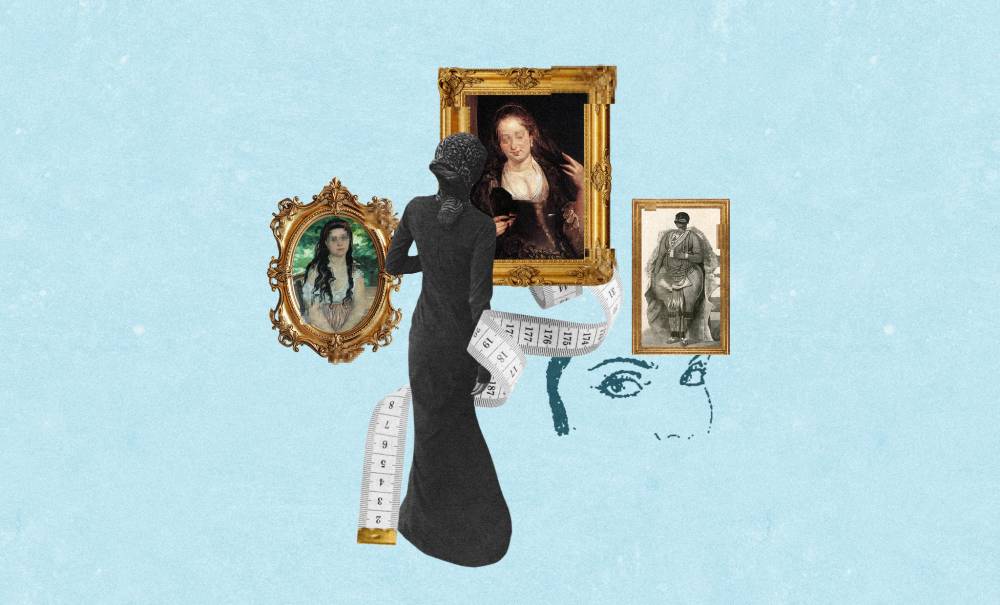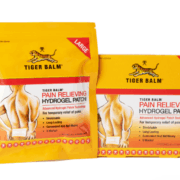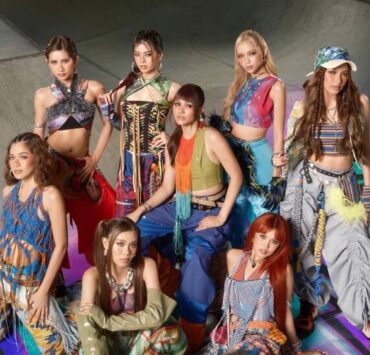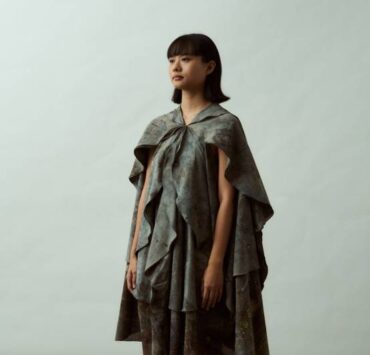Hustle and bustle

“You can’t be too rich or too thin.”
Although Truman Capote liked to take credit for this cutting quip, it has been attributed to many women, including the likes of the Wallis Simpson, the Duchess of Windsor, socialite Babe Paley, and trophy wife Mrs. J. Gordon Douglas, Sr. of Newport, Rhode Island. Predictably, these women were stylish, thin, and white.
As with many notions we have not only adopted but osmosed, thanks to Western cultural hegemony, thinness as an ideal—a signifier of wealth, status, and desirability, if not beauty—has its ugly roots in racism, white supremacy, and the colonial gaze.
But it wasn’t always so. A cursory peek at the paintings of artists from Raphael to Rubens to Renoir reveals how celebrated fullness was in the female form throughout the ages. Curves, from a soft rounded belly to voluptuous breasts, were indicators of health, wealth, and happiness. Even as beauty standards varied from culture to culture, a fondness for plumpness was shared by many Asian, African, and even Paleolithic societies, with many countries in Africa equating thinness with unattractiveness (and therefore decreased marriageability and fertility) up until perhaps this century.
The evolution of thinness as the pinnacle of power and status in the Western world can be traced to many factors, from religious austerity to the Industrial Revolution and the standardization of clothing sizes. The dawn of modernization saw an exodus from rural fields to urban centers, leading to more sedentary lifestyles and increased obesity.
Fatness became lucrative for many canny businessmen and unscrupulous profiteers: stigmatize obesity and capitalize on people’s fear of fatness to sell a never-ending gamut of products that promise to make one lose weight and become thin. Thinness was, and still is, positioned as the magnet that would attract only the most desirable things into one’s life: money, power, privilege—and proximity to whiteness for those whose skin color was of a less pallid hue.
The modern Western idealization of thinness (and whiteness) emerged at the end of slavery, contends Sabrina Strings in “Fearing the Black Body,” as “a way to continue to other and discriminate against Black people.” The process of othering, however, breeds not only revulsion, but its stealthy twin, fascination.
Such is the nature of white supremacy and colonialism that its rapaciousness extended beyond the exploitation of Black resources but also Black bodies. Take for instance the tragic case of Saartjie Baartman (1789-1815), an indentured servant from the Khoikhoi tribe in colonial South Africa, who became known as the “Hottentot Venus,” a woman who epitomized the African beauty ideal.
She was brought to London by her masters to be displayed at freak shows where she—with her full breasts, slim waist, massive posterior, and elongated labia (a Hottentot custom)—was turned into an object of prurient attention by throngs of white viewers, who claimed to be disgusted by the sight of her “abnormally” copious flesh and her perceived racial inferiority while secretly being fascinated and even sexually aroused, particularly the men, among them scientists who used her body to perform all sorts of degrading anatomical experiments.
Baartman’s life was not a happy one. Anne Mastamet-Mason writes that her body “was displayed in London stage for public show between 1810 and 1811, and in 1815 she was further displayed against her will for 10 hours a day in Paris after Taylor (her master in England) sold her to Reaux who later became her master in Paris. She had to mimic savagery and exposed her body, first in carnivals, then in the aristocratic salons of Paris, later on among the libertines and finally in brothels where she ended up being a prostitute.” She died, overexposed and overexploited, at the age of 26, in Paris.
And yet fashion historians posit that years later, Baartman’s much derided physical attributes may have brought about a distinctive Victorian-era fashion silhouette: the bustle. For no doubt white women noticed, not without envy, how the male gaze perceived a sensuality in Baartman’s physique, a sensuality that they did not possess.
And time and again, envy often leads to appropriation. In fashioning the bustle, these women were able to approximate the extravagant curvaceousness of the Black woman’s behind, dressed up in exaggerated folds of lace and silk. In so doing, one imagines they believed they could be as alluring to their men as the fantasy of the Hottentot Venus was and thereby stir their libidos.
What, I wonder, did the men feel upon lifting that bustle with lusty anticipation, hoping to hold in their hands two full and rounded buns, only to end up with pancakes…?

















